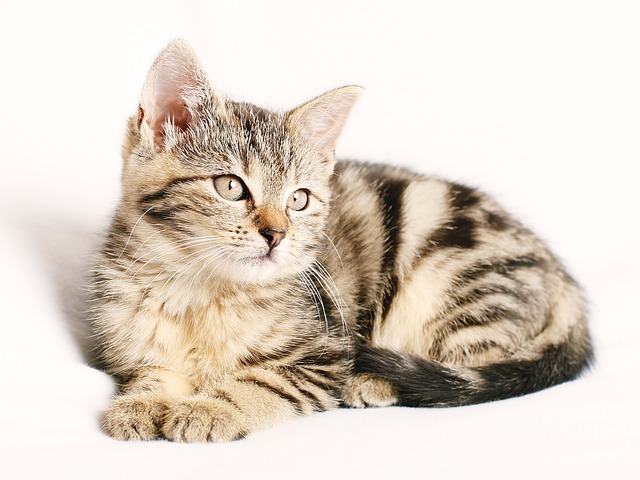Cat Litter and Litter Boxes
Your new cat is coming home from the animal shelter tomorrow. Busily you shop, checking off the items on your list, including cat food, toys, a scratching post and myriad other goodies. And at the very top of the list are litterbox necessities. You head to the nearest pet supply superstore, and are faced with row after row of “all things litter.” Pastel-colored clumping litter, good old clay litter, some that’s made from pine and some that’s made from newspaper…What to choose, what to choose? Whether you are an experienced owner or a novice, the multitude of choices could prove daunting. But this was not always the case.
Pay Dirt
Prior to World War II, most cats lived indoor/outdoor lives and their toileting areas were neighborhood backyards and gardens. For indoor needs, some families kept boxes of sand or ashes from the furnace for their cat’s use in the cellar. Housewives of the 1940s were none too enamored with cats tracking ashes or sand through their homes. So an ex-sailor named Ed Lowe suggested that his neighbor try absorbent clay, which was a popular product for cleaning up industrial spills in wartime factories and happened to be made by his father’s firm. Kitty Litter was born. Granulated clay litter offered improved odor control over ashes or sand by siphoning urine to the bottom of the pan and controlling ammonia smells until the litter reached a saturation point-usually within a week in a box used by a single cat. Today, most folks either scoop solids daily and completely replace the litter once a week, or use less litter in the box and dump and clean daily. The granules of traditional litter are fairly large and do not tend to cling to a cat’s paws, so there is little tracking of litter outside the box.


